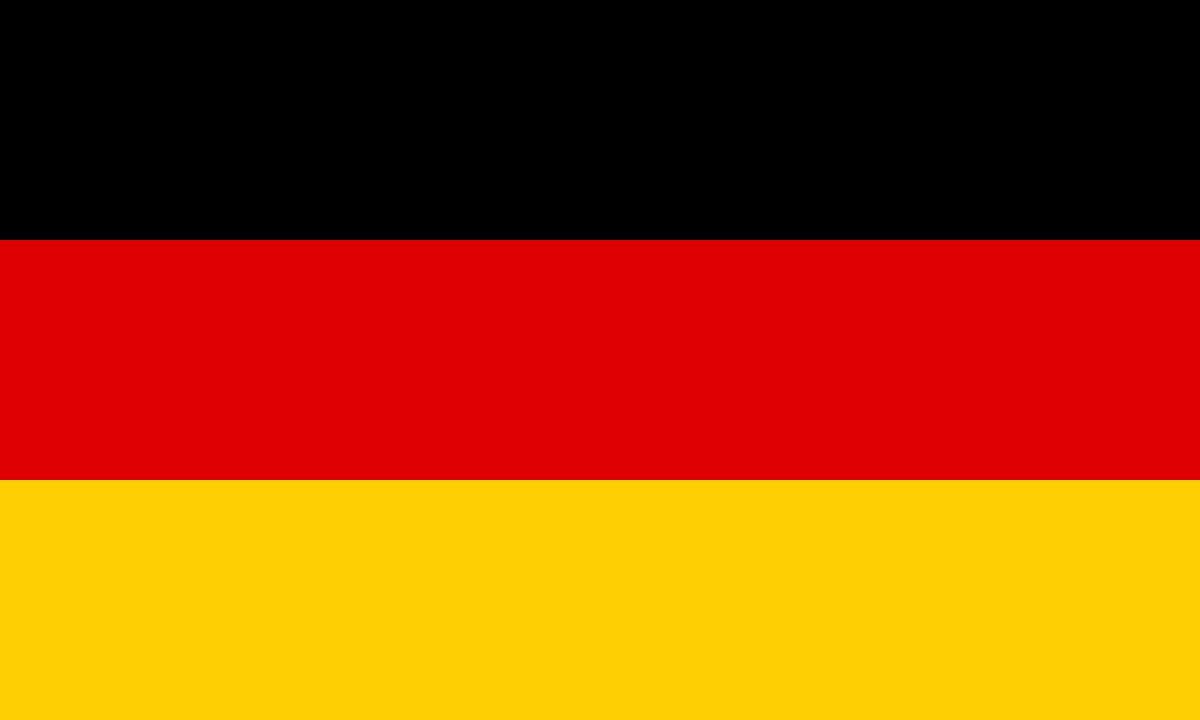 A big part of the Christmas celebrations in Germany is Advent. Several different types of Advent calendars are used in German homes. As well as the traditional one made of card that are used in many countries, there are ones made out of a wreath of Fir tree branches with 24 decorated boxes or bags hanging from it. Each box or bag has a little present in it. Another type is called a ‘Advent Kranz’ and is a ring of fir branches that has four candles on it. This is like the Advent candles that are sometimes used in Churches. One candle is lit at the beginning of each week in Advent.
A big part of the Christmas celebrations in Germany is Advent. Several different types of Advent calendars are used in German homes. As well as the traditional one made of card that are used in many countries, there are ones made out of a wreath of Fir tree branches with 24 decorated boxes or bags hanging from it. Each box or bag has a little present in it. Another type is called a ‘Advent Kranz’ and is a ring of fir branches that has four candles on it. This is like the Advent candles that are sometimes used in Churches. One candle is lit at the beginning of each week in Advent.
Christmas Trees are very important in Germany. They were first used in Germany during the late Middle Ages. If there are young children in the house, the trees are usually secretly decorated by the mother of the family. The Christmas tree was traditionally brought into the house on Christmas Eve. In some parts of Germany, during the evening, the family would read the Bible and sing Christmas songs such as O Tannenbaum, Ihr Kinderlein Kommet and Stille Nacht (Slient Night).
Sometimes wooden frames, covered with colored plastic sheets and with electric candles inside, are put in windows to make the house look pretty from the outside.
Christmas Eve is the main day when Germans exchange presents with their families.
Christmas Day is called “Erste Feiertag” (‘first celebration’) and the 26th December is known as «Zweite Feiertag” (‘second celebration’) and also “Zweiter Weihnachtsfeiertag” which translates as Boxing Day (although it doesn’t literally mean that)!
Germany is well known for its Christmas Markets where all sorts of Christmas foods and decorations are sold. Perhaps the most famous German decorations are glass ornaments. The glass ornaments were originally hand blown glass and were imported in the USA in 1880s by the Woolworth stores. The legend of the glass ‘Christmas Pickle‘ is famous in the USA, but it’s that, a legend. Most people in Germany have never heard of the Christmas Pickle!
In some parts of Germany, mainly the south east of the country, children write to the ‘das Christkind/Christkindl’ asking for presents. The letters to the Christkind are decorated with sugar glued to the envelope to make them sparkly and attractive to look at. Children leave the letters on the windowsill at the beginning of or during Advent.
‘das Christkind’ translates as ‘The Christ Child’ in English but Germans don’t think of the Christkind as the baby Jesus! The Christkind is often described as a young girl with ‘Christ like’ qualities. In Nürnberg a young girl is chosen every year to participate in a parade as the Christkind. She wears a long white and gold dress, has long blond curly hair and wears a gold crown and sometimes wings like an angel. This is similar to St Lucia is Sweden. (And it can seem a bit confusing calling the ‘Christ Child’, Jesus, a girl!)
The Nürnberg Christkind officially opens the Christmas market on the Friday before Advent starts. And before Christmas she has over 150 ‘official duties’ including visiting hospitals, old people’s homes and children’s nurseries! She also has to give TV interviews and visit other cities.
Santa Claus or Father Christmas (der Weihnachtsmann) brings the main Christmas presents on December 24th. You might also write a letter to Weihnachtsmann in other parts of Germany. Some people say that Santa/Father Christmas (Weihnachtsmann) brings the presents and some say it is Christkind!
As well as hoping for presents from Christkind or der Weihnachtsmann, children also hope that ‘der Nikolaus’ will bring you some small gifts, such as sweets and chocolate on the 6th December (St Nicholas’s Day). He comes in the night between the 5th and the 6th and puts the presents into the shoes of children, who usually place them by their doors. In some regions of Germany, there is a character called «Knecht Ruprecht» or «Krampus» who accompanies Nikolaus (St. Nicholas) on the 6th of December. He is big horned monster clothed in rags and carries chains. He is meant to punish the children who have been bad! He is usually the one who scares the little children. In other parts of Germany, St. Nicholas is followed by a small person called «Schwarzer Peter» (Black Peter) who carries a small whip. Black Peter also accompanies St. Nicholas or Sinterklaas in Holland. In north west Germany Santa is joined by Belsnickel a man dressed all in fur. Although ‘der Nikolaus’ visits in December, he’s not officially part of Christmas!
At small work places and school parties, secret presents are often exchanged. A door is opened just wide enough for small presents to be thrown into the room. The presents are then passed around among the people until each person has the correct present! It is thought to be bad luck to find out who sent each present.
Another tradition is the Sternsinger (or star singers) who go from house to house, sing a song and collect money for charity (this is a predominantly Catholic tradition). The singers are normally four children, three who dress up like the Wise men and one carries a star on a stick as a symbol for the Star of Bethlehem. When they’re finished singing, they write a signature with chalk over the door of the house. The sign is written in a special way, so 2018 would be: 20*C*M*B*18. It is considered to be bad luck to wash the sign away – it has to fade by itself. It has usually faded by the 6th of January (Epiphany). The Sternsingers visit houses between December 27th and January 6th.
Carp or Goose are often served for the main Christmas meal. Stollen is a popular fruited yeast bread that is eaten at Christmas.
Over Christmas and the New Year in Germany and Austria, the famous Ski Jumping ‘Four Hills Tournament’ (‘Vierschanzentournee’) is held. It starts in Germany with Oberstdorf (Germany) on the 29th or 30th December and Garmisch-Partenkirchen (Germany) on New Year’s Day and continues in Austria with Innsbruck (Austria) on 3rd or 4th of January and Bischofshofen (Austria) on the 6th January. I’m a big Ski Jumping fan, so I watch it!.
WENDY CARTAGENA


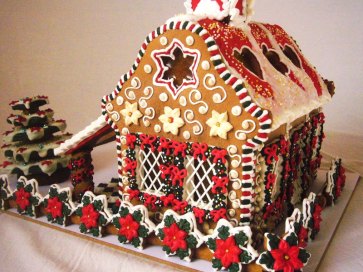


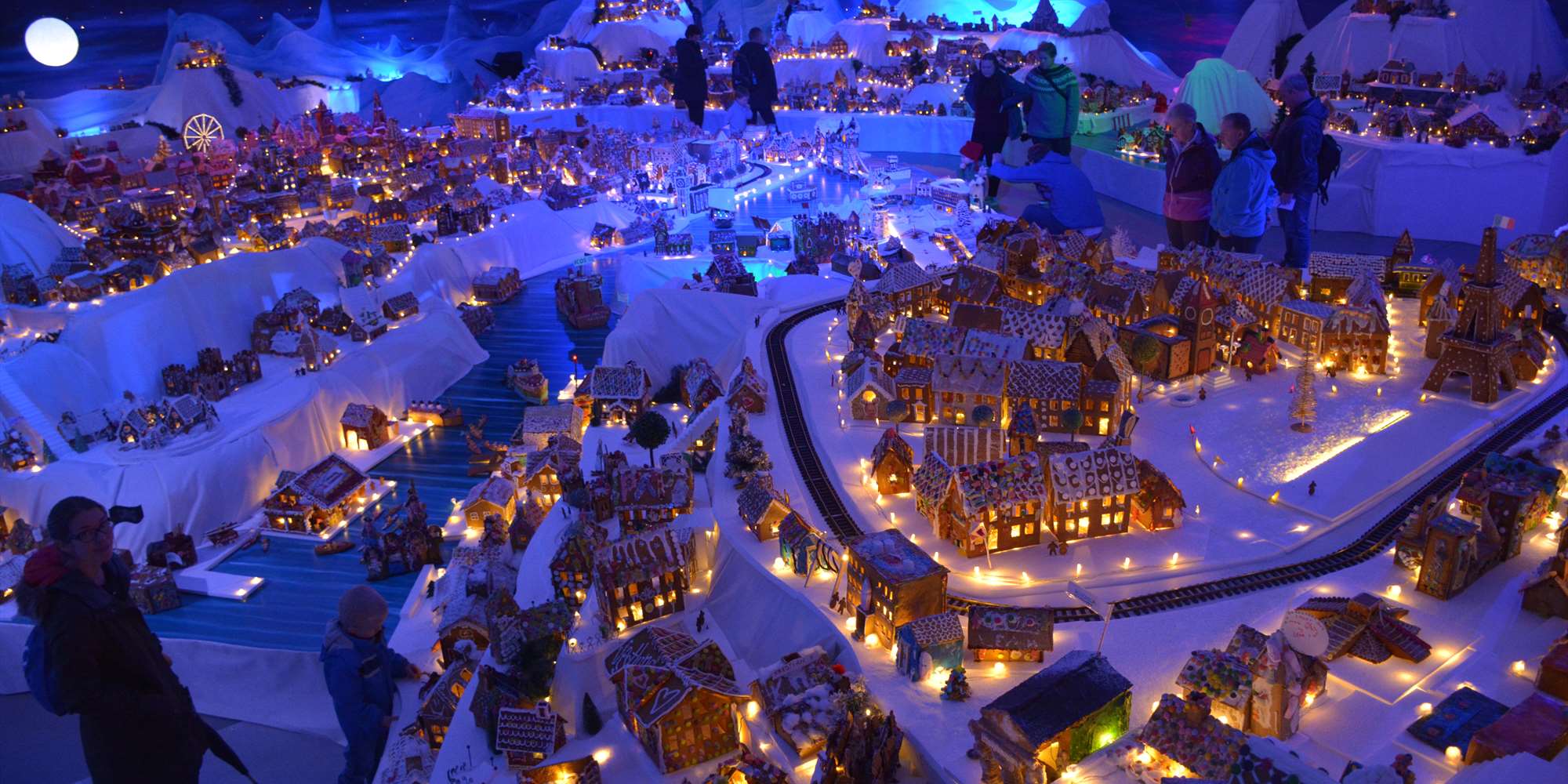









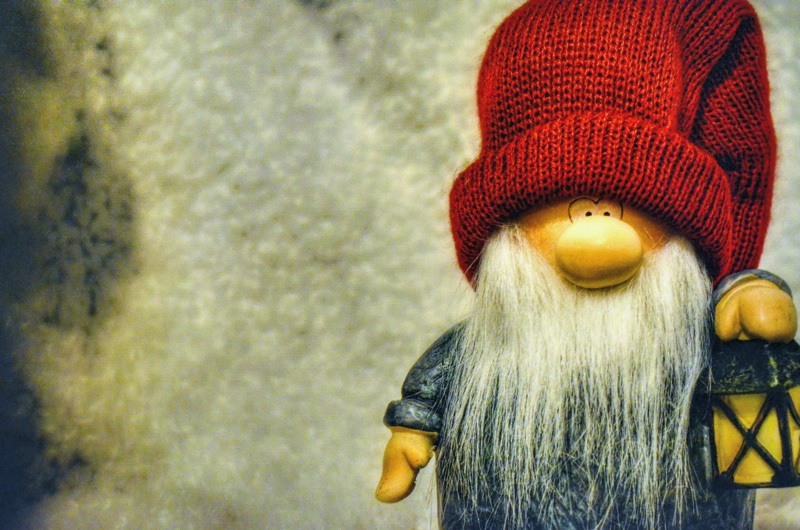
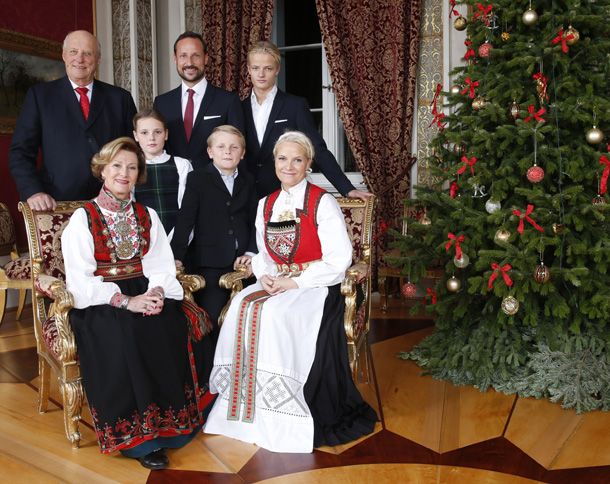
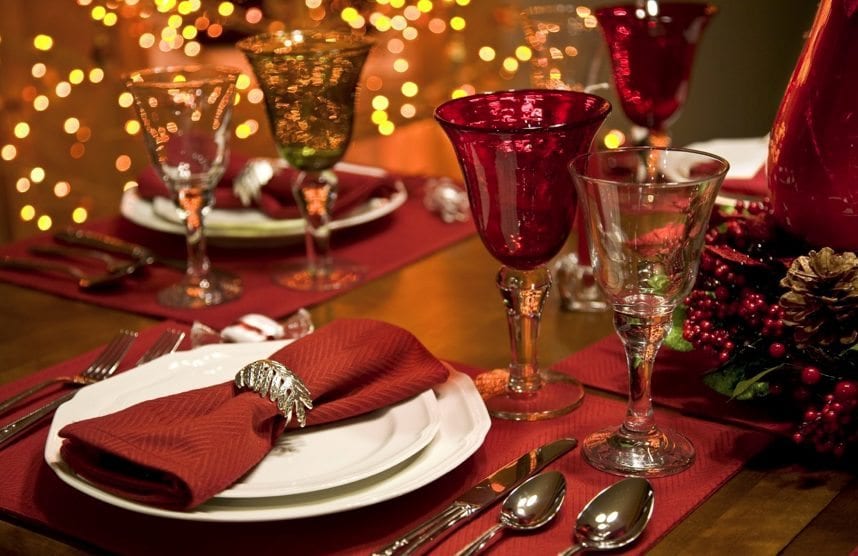

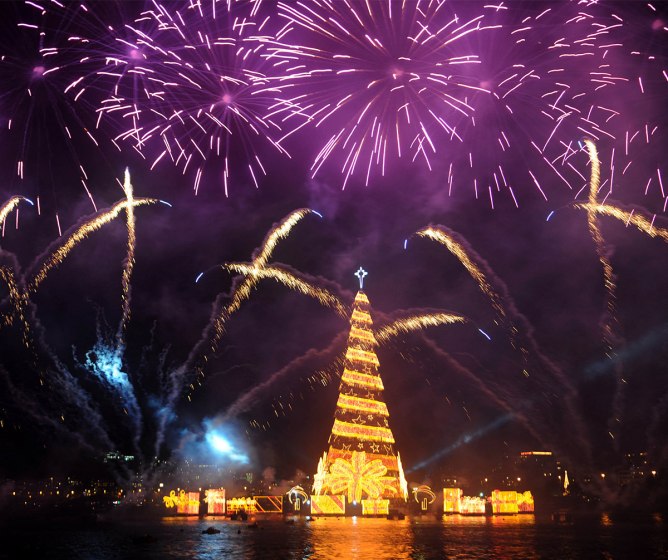
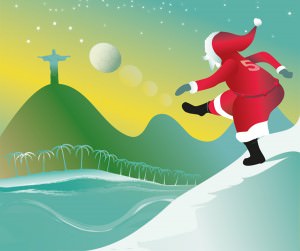
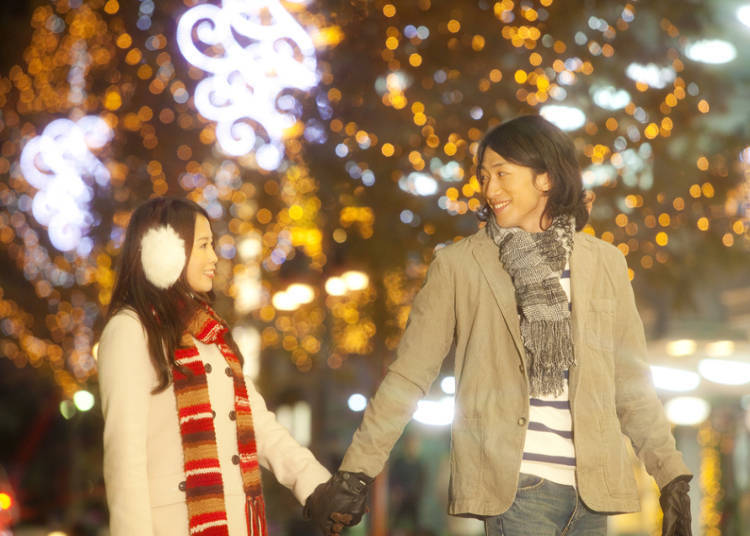
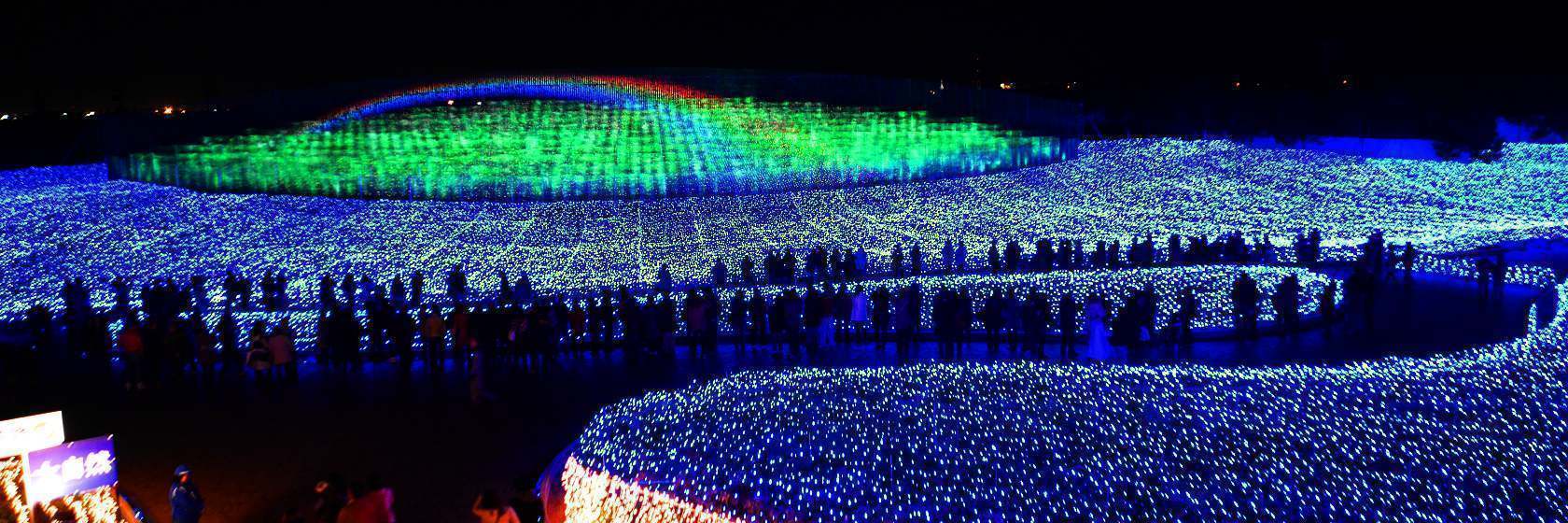
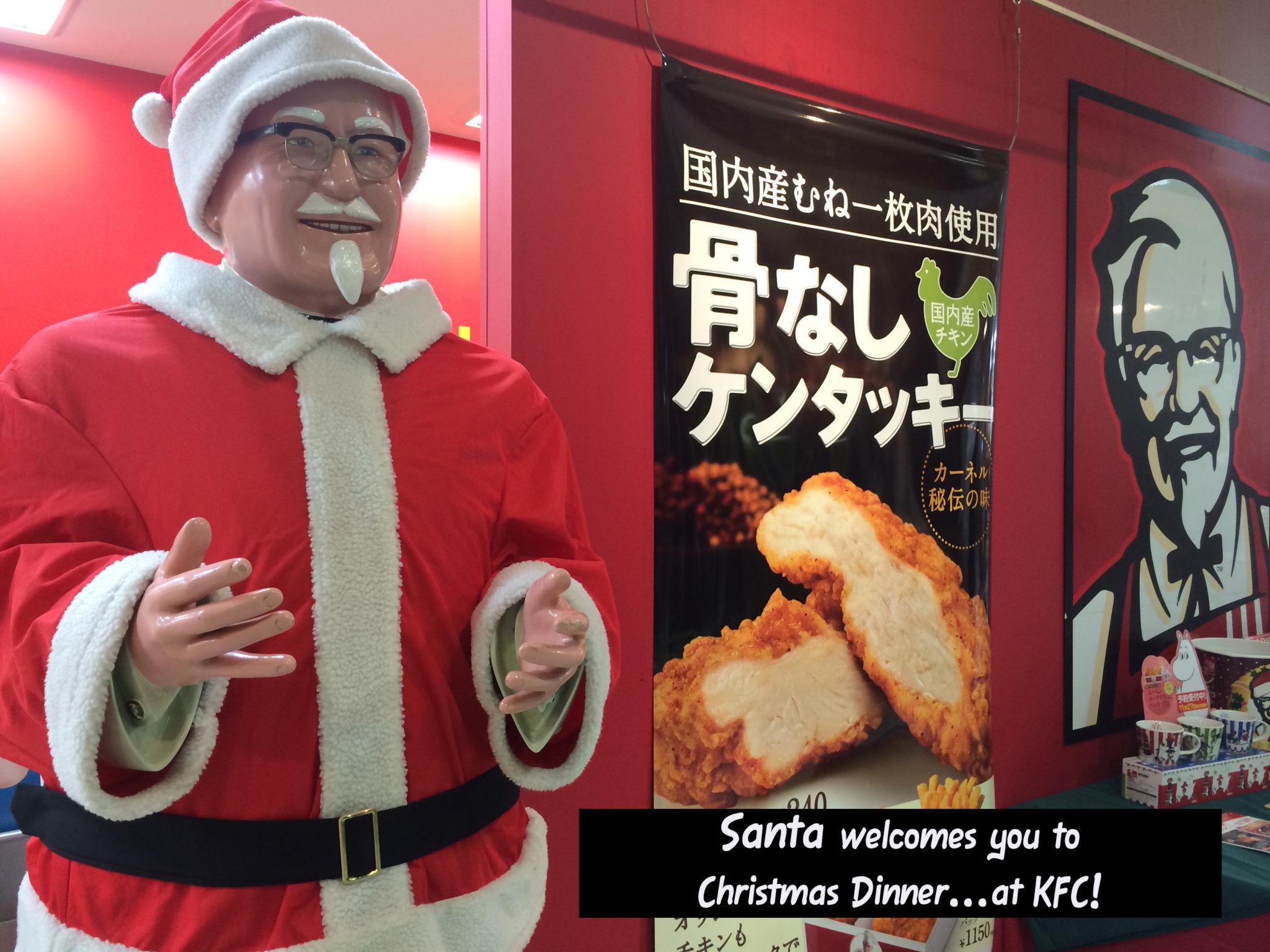
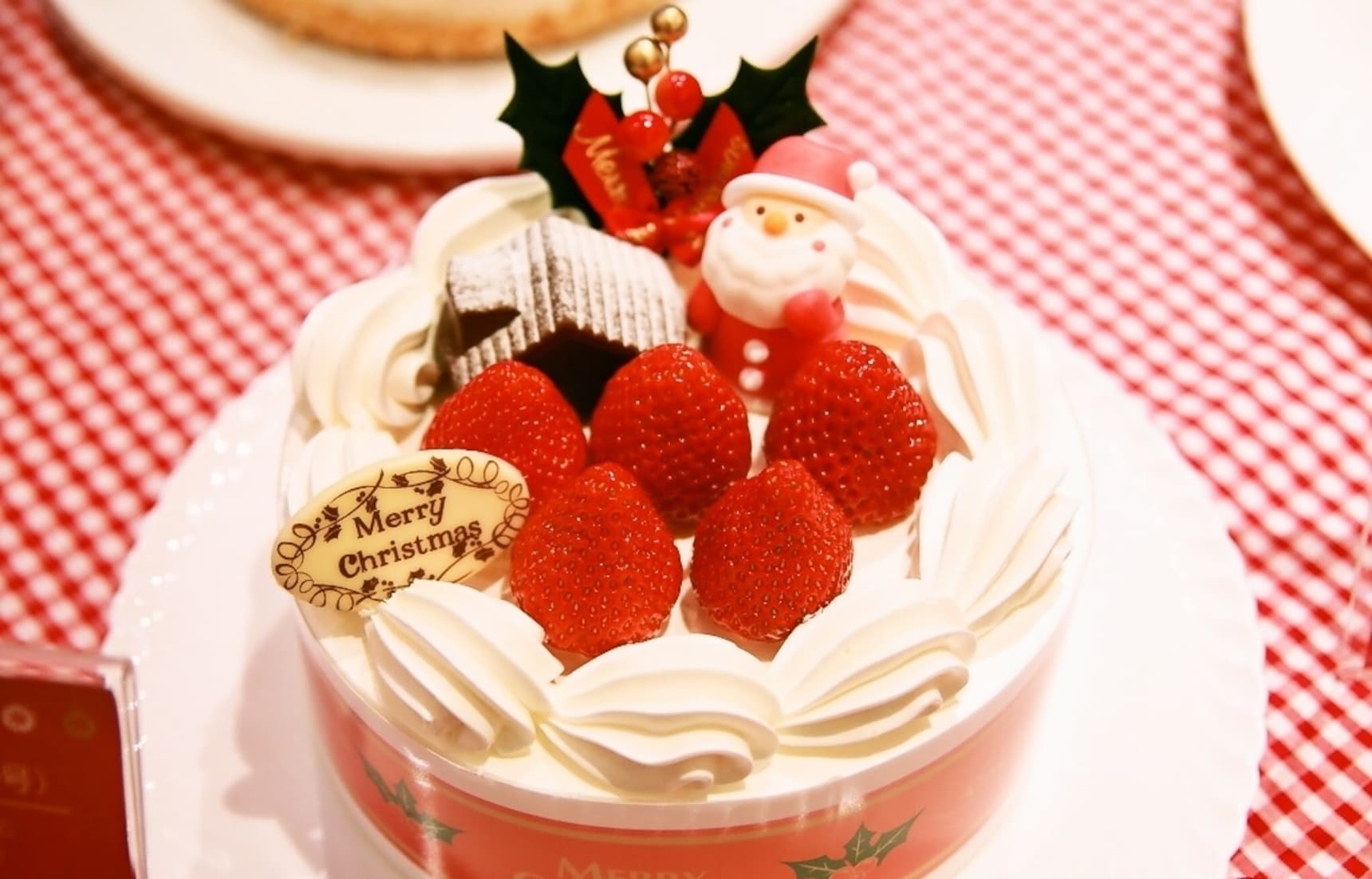

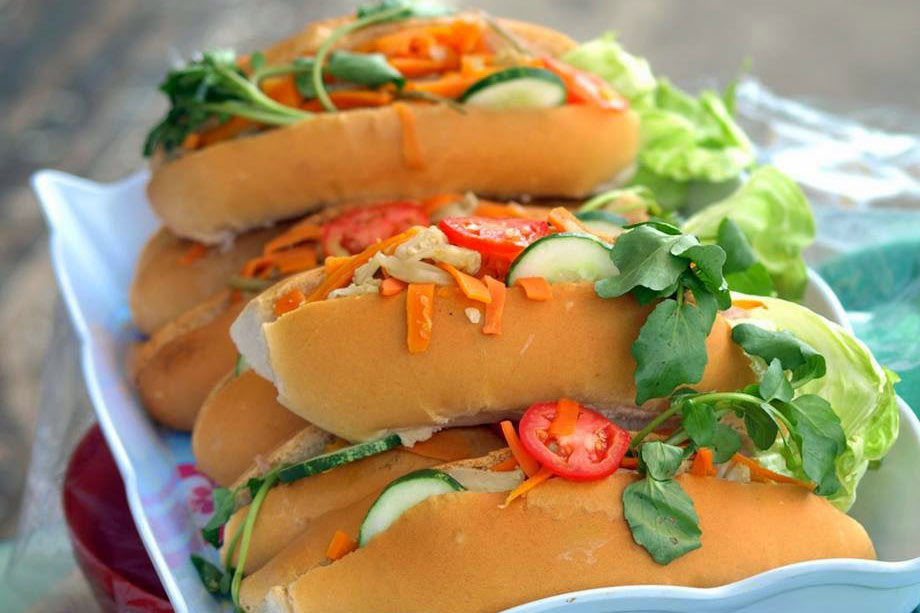

 A big part of the Christmas celebrations in Germany is
A big part of the Christmas celebrations in Germany is